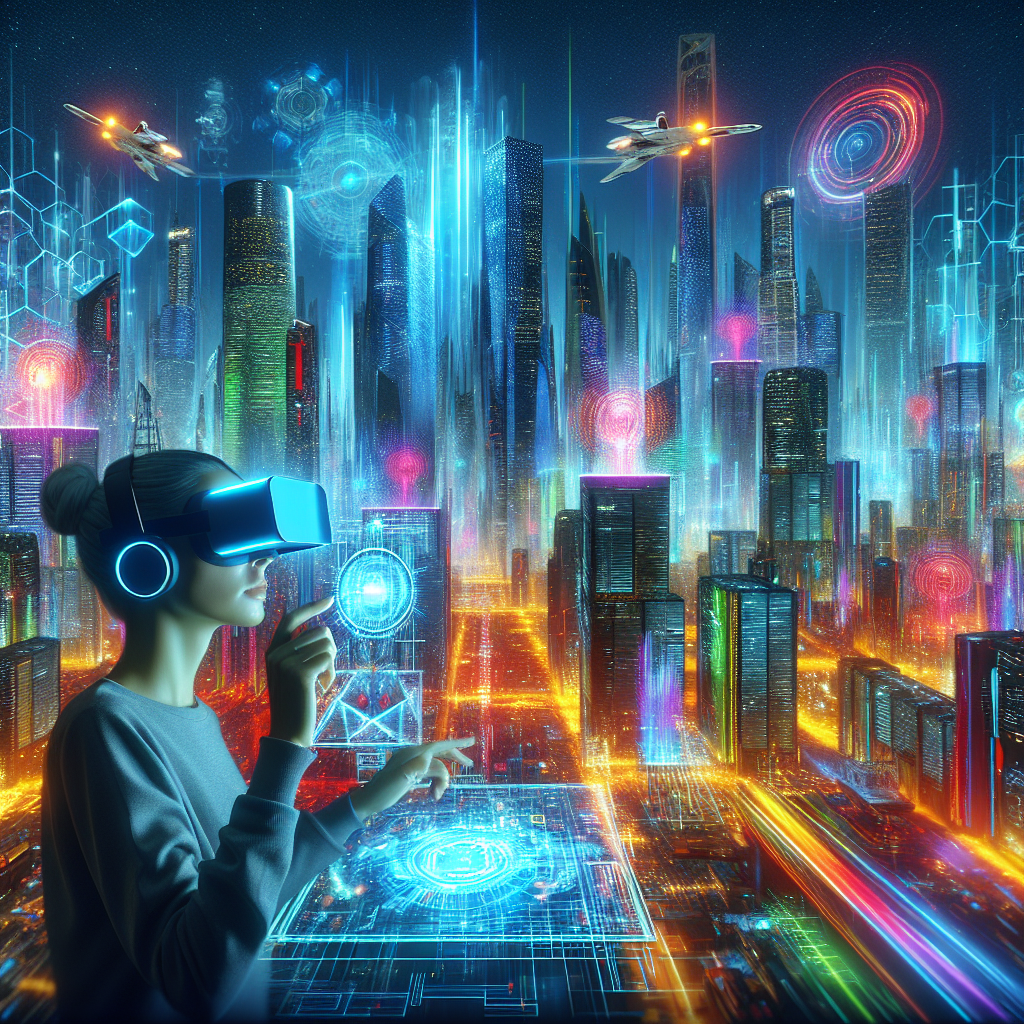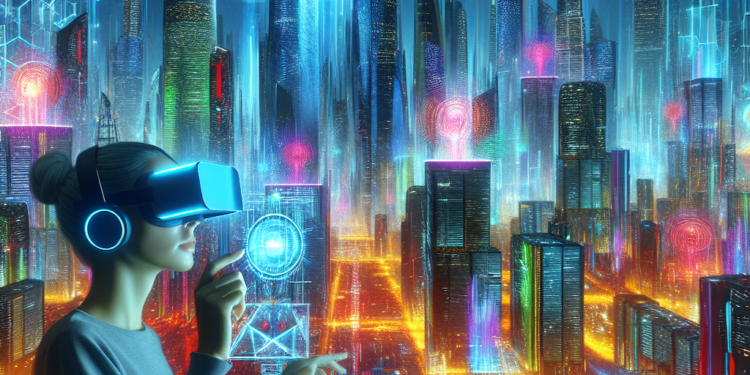 The Consumer Electronics Show (CES) has become a hub of excitement and discussion around the concept of Spatial Computing. This emerging technology, which revolves around 3D-centric computing, is poised to revolutionize the way we interact with digital content and the physical world around us. Spatial Computing blends the virtual and physical worlds, allowing users to engage with digital content in a more immersive and natural way. The possibilities are endless, from gaming and entertainment experiences that transport us to virtual worlds, to practical applications like architecture and design that allow us to visualize and manipulate 3D models in real-time. As Spatial Computing continues to evolve, it is expected to have a profound impact on various industries, unlocking new possibilities for creativity, productivity, and collaboration.
The Consumer Electronics Show (CES) has become a hub of excitement and discussion around the concept of Spatial Computing. This emerging technology, which revolves around 3D-centric computing, is poised to revolutionize the way we interact with digital content and the physical world around us. Spatial Computing blends the virtual and physical worlds, allowing users to engage with digital content in a more immersive and natural way. The possibilities are endless, from gaming and entertainment experiences that transport us to virtual worlds, to practical applications like architecture and design that allow us to visualize and manipulate 3D models in real-time. As Spatial Computing continues to evolve, it is expected to have a profound impact on various industries, unlocking new possibilities for creativity, productivity, and collaboration.
One of the key enablers of Spatial Computing is augmented reality (AR) technology. AR overlays digital information onto the real world, enhancing our perception and understanding of our surroundings. This technology, combined with advances in computer vision, depth sensing, and machine learning, is what makes Spatial Computing possible. With the rapid advancement of AR devices such as smart glasses, it is becoming increasingly accessible to everyday users, paving the way for widespread adoption and integration of Spatial Computing in our daily lives.
The implications of Spatial Computing are far-reaching, with potential applications in fields as diverse as healthcare, education, entertainment, and manufacturing. In healthcare, for example, surgeons can use 3D models and real-time data visualization to enhance surgical precision and improve patient outcomes. In education, students can explore virtual environments and interact with interactive learning materials, making education more engaging and immersive. In entertainment, Spatial Computing opens up new avenues for gaming and storytelling, allowing users to step into the virtual world like never before.
In conclusion, Spatial Computing is an exciting technological frontier that holds immense potential. As it continues to develop and mature, it is expected to transform the way we interact with digital content and revolutionize various industries. From enhancing our entertainment experiences to improving healthcare outcomes, the possibilities are endless. Get ready to embrace a new dimension of computing that will blur the boundaries between the virtual and physical worlds.


